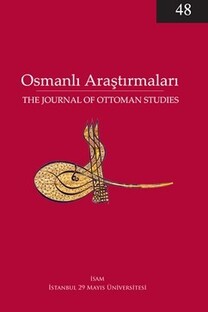Ali Anooshahr, Turkestan and the Rise of Eurasian Empires: A Study of Politics and In- vented Traditions,
Ali Anooshahr’s Turkestan and the Rise of Eurasian Empires: A Study of Pol- itics and Invented Traditions explores how the late medieval and early modern Persianate historians dealt with the Turco-Mongol lineages of the founders of the Ottoman, Safavid, Mughal, Mongol, and Shibanid empires. As Anooshahr claims, the legacy of Turco-Mongol heritage was mostly linked with negative associa- tions of “barbarity,” “plundering,” “violence,” and “paganism,” in the Persianate discursive traditions. Therefore, what the Persianate historians attempted to do is either to distance their patrons from such negative legacies, or to redefine their legacies in subtle ways in accordance with imperial needs. These attempts were part of the imperial response to the internal or inter-imperial legitimacy chal- lenges throughout sixteenth-century Eurasia. By studying five Eurasian empires together in comparative approaches, Anooshahr shows how these attempts shared similarities, even though “the particularities and context of each ‘state’ and their ‘ideologues’ were unique” (5).
Ali Anooshahr, Turkestan and the Rise of Eurasian Empires: A Study of Politics and In- vented Traditions,
Ali Anooshahr’s Turkestan and the Rise of Eurasian Empires: A Study of Pol- itics and Invented Traditions explores how the late medieval and early modern Persianate historians dealt with the Turco-Mongol lineages of the founders of the Ottoman, Safavid, Mughal, Mongol, and Shibanid empires. As Anooshahr claims, the legacy of Turco-Mongol heritage was mostly linked with negative associa- tions of “barbarity,” “plundering,” “violence,” and “paganism,” in the Persianate discursive traditions. Therefore, what the Persianate historians attempted to do is either to distance their patrons from such negative legacies, or to redefine their legacies in subtle ways in accordance with imperial needs. These attempts were part of the imperial response to the internal or inter-imperial legitimacy chal- lenges throughout sixteenth-century Eurasia. By studying five Eurasian empires together in comparative approaches, Anooshahr shows how these attempts shared similarities, even though “the particularities and context of each ‘state’ and their ‘ideologues’ were unique” (5).
___
- All in all, as a rare example of comparative history in the early modern “Islamic” Eurasia, Turkestan and the Rise of Eurasian Empires: A Study of Politics and Invented Traditions is a must-read for those interested in historiography, the Persianate world, and global history.
